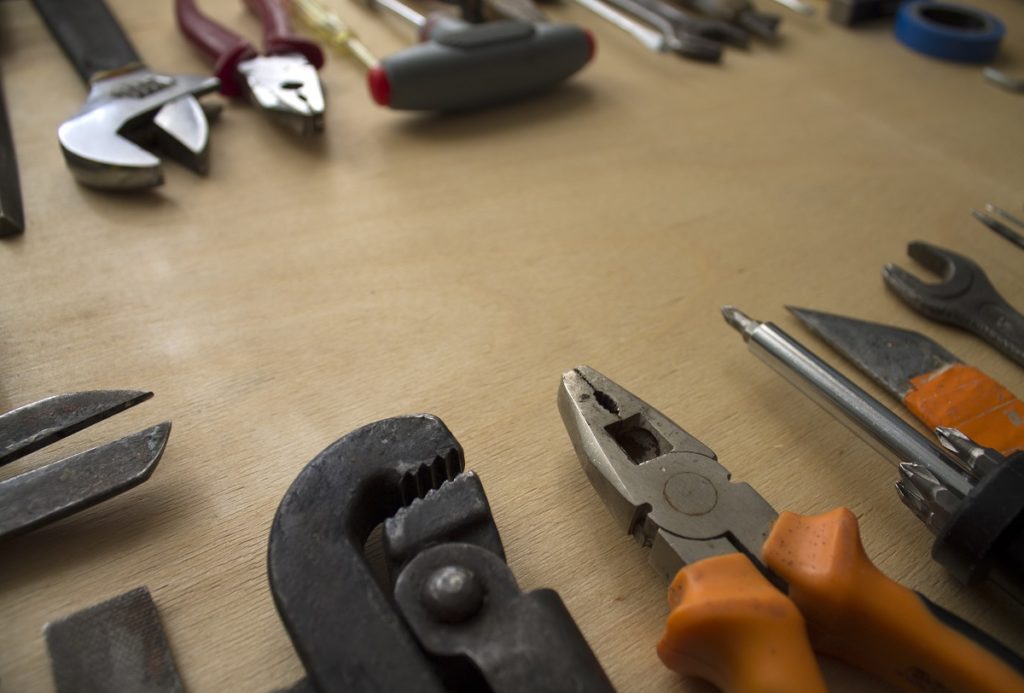We live in the age of DIY. The internet is simply loaded with guides on how to do everything by yourself. There are instructional videos, material and price lists, and forums where you can seek additional help.
Everything is fair game, and that includes home design. You don’t need to be an interior designer to conceptualize your ideal home. You can even learn some basic 3D modeling from scratch in a free program like SketchUp.
But just because you can, doesn’t mean you should. Here are some things to iron out before going it solo as your home’s designer.
Know your style
Trends come and go, but it’s pretty easy to figure out what’s “in” at any given time. You can follow blogs and influencers in interior design, or pick up tips from Pinterest boards.
Going with any particular trend isn’t necessarily a bad idea. In any field, trends evolve out of several factors. They aren’t something a designer came up with on a whim. There is a practical reason for why certain materials are chosen. Audience tastes can shape the accepted aesthetic sensibilities of the time.
However, our homes are a venue for self-expression. Relying entirely on a trend only works when it completely resonates with your identity. You have to be happy with every last detail of that design aesthetic.
You need to have a good grasp of your sense of style. This might require more effort than liking curated images on social media. You might have to visit different homes or locations to sample the possible variations within a trend and see which choices are true to your identity.
Don’t design for the present
When you’re visiting another country, everything is new. You’re trying to enjoy the whole experience, but you’re facing a lot of decision points; what to buy, where to go, how to spend the day.
Seasoned travelers anticipate that they might end up spending a little more, but it could be worth it. Getting around in a luxury chauffeur service would be an indulgence in your home city, but in a different country, it can be practical. You pay more for local food and souvenirs because you can’t get them anywhere else. The expense simplifies your decisions and lets you have fun.

Likewise, when you take charge of designing your home, the amount of control you have can be exciting. It also creates undue pressure to make all the decisions. You might be tempted to say yes to extra features and upgrades because it relieves you of that burden.
But unlike travel, this is not a one-time experience. You’ll be living with the choices you make each day; the novelty factor will quickly wear out. And the monthly payments on those unnecessary expenses will keep coming.
Don’t settle for what seems to be a good thing now. Think about it ten years into the future; will you still need it? Will it make a difference if you live without it? If the answer is no, you can save yourself years of regret and extra payments.
Envision your lifestyle
Continuing along those lines, you have to envision your lifestyle in the long term. Americans have a reputation for being more mobile than average. And the numbers bear this out; the typical US citizen will move 11 times in their lifetime.
However, the statistics change as you grow older. By the age of 40, people are expected to move less than four more times in their lifetime. With each passing year, you are more likely to be living in a place where you can expect to see out your final chapter.
You might not plan to age in place, or even want to make that decision anytime soon. But you have to account for the fact that the longer you live in your home, the more it will influence your lifestyle. And at the design stage, you have the chance to tilt that balance. The lifestyle you want to have should shape your home, not be dictated by it.
Are you striving to be healthy? Put your money where your kitchen is, and make it a place to enjoy preparing nutritious meals. Do you want to be physically active? Instead of turning that finished basement into an entertainment den, try setting up a home fitness center. Need more time with nature? Start planning a sustainable garden.
There’s a good reason why the interior design profession exists. It’s their job to process all these considerations and come up with a beautiful home that reflects your identity, lifestyle, and needs. If you don’t think you’re up to the task, consider hiring one; it will affect the place you live in for a long time.
